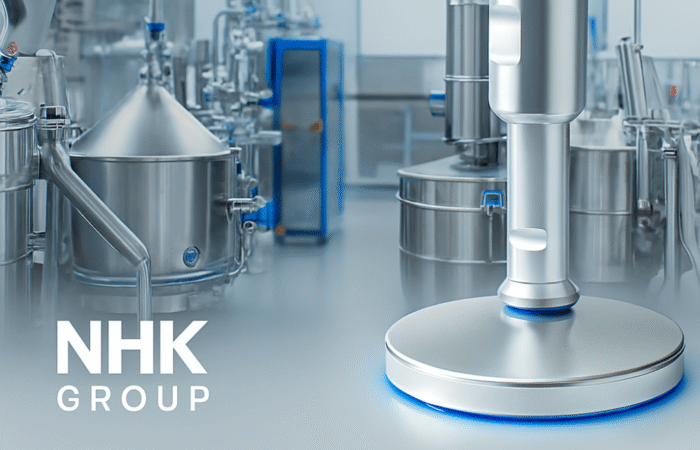
Benefits of Increasing Hygienic Inspection Points
Hygiene is the cornerstone of sanitary industries such as food processing, pharmaceuticals, and biotechnology. With global standards and consumer expectations continuously rising, the need for enhanced hygienic inspection points has never been greater. These points serve as the frontline defense in ensuring that production processes remain contamination-free while upholding product quality and safety. Hygienic inspection points are strategically placed checkpoints designed to identify potential contamination risks in manufacturing environments. Increasing these points creates a more robust detection network, minimizing the risk of microbial, chemical, or physical contaminants entering the supply chain. Regulatory bodies such as the FDA, EFSA, and ISO enforce stringent cleanliness and safety standards across sanitary industries. Increasing hygienic inspection points aids businesses in meeting these regulatory requirements effortlessly. Contrary to popular belief, increasing hygienic inspection points does not slow down production. When integrated with automated systems, these checkpoints can streamline operations by detecting issues early and preventing downtime caused by equipment failure or contamination. A hygienic work environment also directly contributes to employee well-being. Inspections ensure that equipment, air quality, and surfaces remain clean and safe for workers, reducing the risk of occupational illnesses. Although installing additional inspection points may require upfront investment, the long-term savings outweigh the costs. Companies can save millions in avoided penalties, lawsuits, and product recalls. Modern consumers demand transparency and accountability. Enhanced hygienic inspection systems provide the assurance they seek, resulting in stronger brand loyalty and a competitive edge. Food safety scandals can devastate industries. Increased hygienic inspection points in food processing facilities help prevent contamination, ensuring that products meet the highest safety standards before reaching consumers. Precision is critical in pharmaceutical production. Enhanced inspections ensure sterile conditions, preserving the efficacy of drugs and protecting patient health. In biotechnology, even minor contamination can disrupt sensitive processes. Robust inspection systems safeguard the integrity of experiments and production cycles. From automated sensors to AI-driven analytics, technology plays a pivotal role in increasing hygienic inspection points. These tools not only improve accuracy but also provide actionable insights for continuous improvement. Employees are integral to any hygiene strategy. Regular training ensures that staff understand the importance of inspection points and adhere to protocols diligently. Increasing hygienic inspection points in sanitary industries is not just a compliance requirement; it is a strategic investment in safety, efficiency, and reputation. By embracing advanced technologies and fostering a culture of hygiene, companies can reduce risks, enhance productivity, and gain the trust of consumers and regulators alike. As sanitary industries continue to evolve, proactive measures such as enhanced inspection systems will remain indispensable in navigating challenges and capitalizing on opportunities in an increasingly hygiene-conscious world.Increasing Hygienic Inspection Points in Sanitary Industries
Download our catalogue here
See our components which ensures Easy Access and Serviceability
Why Hygienic Inspection Points Are Crucial
Mitigating Contamination Risks
Ensuring Compliance with Regulatory Standards
Operational Benefits of Enhanced Hygienic Inspections
Boosting Operational Efficiency
Enhancing Worker Safety
Financial and Reputational Advantages
Cost Savings in the Long Run
Building Consumer Trust
Industries Benefiting from Enhanced Hygienic Inspections
Food Processing
Pharmaceuticals
Biotechnology
Implementation Strategies
Adopting Advanced Technologies
Training and Awareness
Advantages of Expanding Hygienic Inspection Points in Sanitary Industries


Contact













